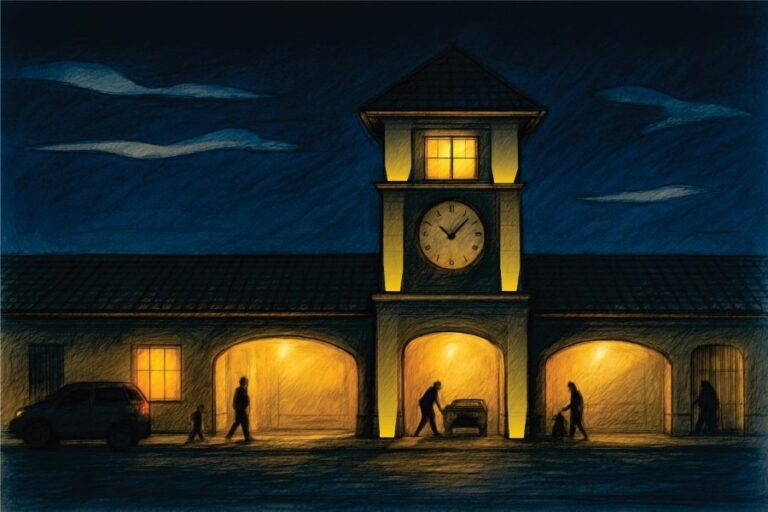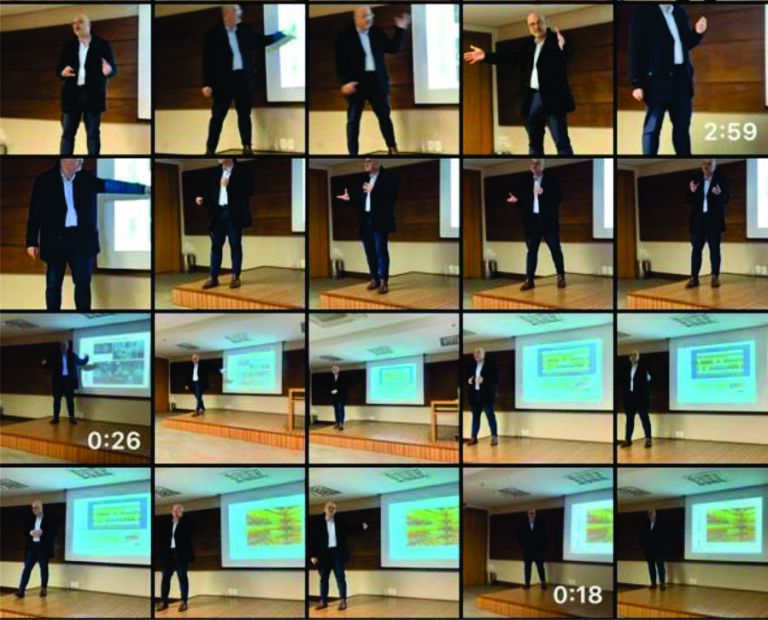West Side History or Amor Sublime Amor in Brazil, as it was known in 1961, is a great worldwide success, perhaps one of the most famous musicals, first in the theater and soon afterwards on the screen, but maybe you don’t know it because you haven’t seen either version. , but West Side History is based on Romeo and Juliet.
Here it is important to point out that director Steven Spielberg received from his father the disc with the soundtrack of this musical that fascinated him all his life and now he made the version that is very good! But no spoilers.
Moving on to our subject here, Cinematography by Janusz Kamiński, Oscar winner for Cinematography for Schindler’s List and Saving Private Ryan, that says it all!
But in this film, his work is perfect, extremely in line with the story and its unfolding, however, here the photography and the lighting, if I may say so, come in a step back from the perfect scenography, which I reconstructed a 60s New York , with urban landscape, a scenography that embraces the characters, the historicity is very important, so I would say that the lighting is very close to what we do for architectural lighting and here we add lighting that highlights the interpretation and depth of all that energy jovial.
Is the lighting perfect? Yes it is, but technically. My comment is always about lighting as an importance in the film.
Specifically in West Side History, I think that the lighting comes after the scenography and the music, speaking only of the technical parts, I don’t comment on interpretations, it’s not the focus, although the text given to each character gives subsidy for the development of photography and lighting.


